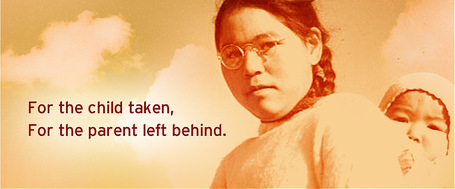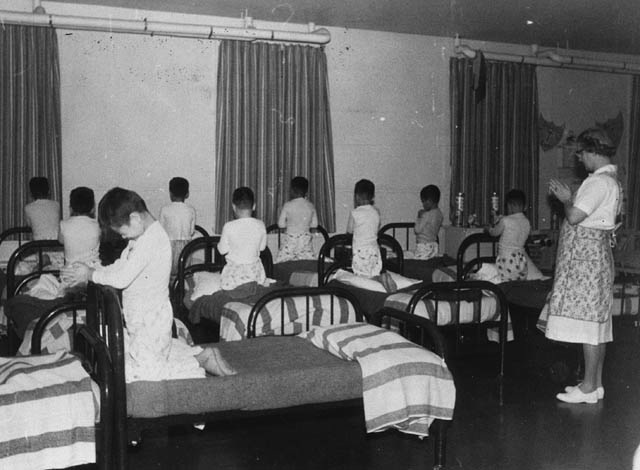The Legacy of the Residential Schools: Canada's Hidden Holocaust
"Just so we can see what ourselves for what we are: complicit."
"For every 1000 Native women in your district, 330 of them will be sexually assaulted. 88% of the perpetrators will be non-Native. And every piece of every legislation needs a champion. But not all champions are leaders, and not all leaders are men, just like not all kisses are wanted and not all laws are consensual. They trespass her body like they trespass this land."
-To the Indigenous Woman, a poem by the 1491s
|
|
We Were Children Trailer
This is a film that was released at the Vancouver Film Festival that documents the experiences of two survivors: Lyna Hart and Glen Anaquod. It is very sensitive material and should be watched with a viewer’s discretion. Interestingly, Glen’s school was the last to close in Canada in 1996. Shi-Shi-Ekto This is a short video that shows the few days before a little girl named Shi-shi-etko is taken away to Residential School. Her family prepares many teachings and medicines for her, and stresses the importance that she not forget their ways while she is away in school. The intention of the video is show how important children are to a community’s livelihood, and asks the question, “Can you imagine a community without children? Or children without parents?” |
|
The Truth and Reconciliation Commission
“For the child taken, and the parent left behind.” The Truth and Reconciliation Commission of Canada was created in 2008 (the same year as “the Apology”) as a holistic response to the legacy of the Indian Residential Schools. The TRC held events in many cities across Canada in which the Commission heard and recorded more than 6200 statements from survivors. These events were conducted with respect to Indigenous practices and values, and were largely organized by Indigenous leaders. The last hearing was in Edmonton 2014, where over 3000 Indigenous people gathered to participate in reconciliation. The final event of the TRC is scheduled for this year in Ottawa. Where Are The Children? This website is an excellent resource to discover the stories of survivors. It is an online component of a cultural exhibit that travels the country. It was recently in the Glooscap Heritage Centre and Dalhousie University in 2011. On this site there are photos, written stories and videos of Indigenous people. Explore this site to learn about the timeline of colonial intervention in Aboriginal education. |
|
Intergenerational Trauma: Convergence of Multiple Processes among First Nations people in Canada
This is a publication by the National Aboriginal Health Organization that explains the processes in which trauma in Aboriginal communities manifests throughout generations of assimilation. Understanding how intergenerational trauma operates is absolutely key to understanding the Indigenous experience on Turtle Island. In this reading, the authors discuss how issues of alcoholism and addiction in Aboriginal communities have very clear roots in the trauma of colonialism and the Residential School system. Unfortunately however, there is a lack of empirical research into the rates of PTSD in Aboriginal communities. Reflections on Intergenerational Trauma: Healing as a Critical Intervention This journal article published in 1998 looks into the effects of intergenerational trauma on Aboriginal children and families. It proposes that culturally appropriate intervention is the most effective way to empower and uplift Aboriginal communities. In my own personal experiences working with Indigenous youth, I can attest that traditional ways of healing are hugely effective in unpacking intergenerational trauma within the Aboriginal community. |
First Nations and Inuit Health: Mental Health and Wellness
This page is found on Health Canada’s official website. The information unfortunately does not include the Métis population, however it is a very informative piece of the state of Indigenous mental health. Unfortunately in the Indigenous population, mental illness is exceptionally higher than in the general Canadian population. Suicide is the leading cause of death in Aboriginal people under age 44. It is important to understand how tangible the effects of colonial violence (such as Residential Schooling) are for individuals today. An Overview of Aboriginal Health in Canada This is a comprehensive tool to understanding the devastating impacts of colonialism on Indigenous wellness. It explores the determinants of health, the three recognized Aboriginal groups in Canada, as well as the limitations in research currently faced by those looking to gain an understanding of the Indigenous experience. |


